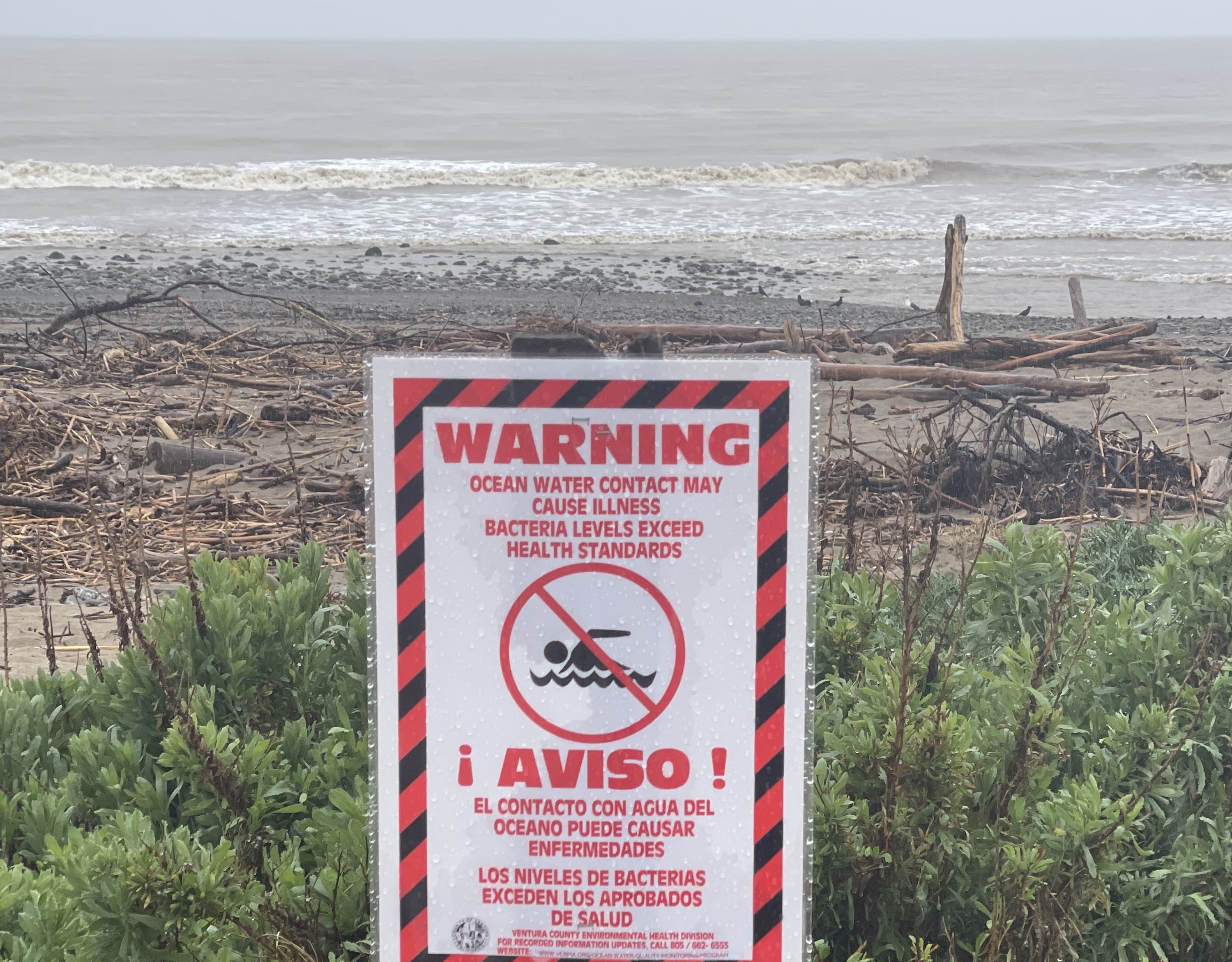
The Blue Water Task Force (BWTF) provides critical water quality information to protect public health at the beach. Surfrider chapters use this volunteer water testing program to raise awareness of local pollution problems and to bring together communities to implement solutions. BWTF labs measure fecal indicator bacteria levels in recreational waters and compare them to water quality standards set to protect public health. Chapter-run BWTF programs fill in the gaps and extend the coverage of agency-run beach monitoring programs by sampling ocean and bay beaches and potential freshwater sources of pollution such as stormwater outlets, rivers, and creeks that discharge onto the beach.
The Ventura County BWTF is focused on supplementing the winter testing sites not covered by Ventura County's Ocean Water Quality Monitoring Program. While there may be fewer beachgoers in the winter months, the winter storm swells attract more surfers; therefore, the chapter samples at thirteen sites - including popular surf spots - from November to March. Over the last year and a half, the Ventura BWTF became concerned about consistently high bacteria levels posted by Ventura County's Environmental Health Division at Surfer’s Point, an ocean beach site where the public is known to surf. During the 2022-2023 sampling season, BWTF results show that 30% of samples collected at this site did not meet state water quality standards for enterococcus in recreational waters.
Because of the potential health risk associated with high fecal indicator bacteria, the Ventura BWTF decided to conduct an initial screening for potential sources of bacteria at Surfer’s Point. The Chapter suspected runoff from the Ventura River, so three sites were chosen along the river. All water quality samples were submitted to a company called Jonah Ventures, which then ran source tracking tests that screen for specific types of animal DNA. This DNA testing can provide more information than typical BWTF testing by identifying which animal species are contributing to bacteria counts, such as human, swine, bovine, horse, etc. Below are the screening results that the BWTF received for the three sampling events. Note that values represent the average number of copies per 100 mL when sample volume was provided.
The above results indicate that bovines (cows) and humans were consistent contributors to bacteria counts at Ventura River at lower Canada Larga each sampling day, while swine and dogs each contributed a fair amount of bacteria on two out of three sampling days. Moreover, each sampling site had notable levels of human DNA on all three sampling days, yet DNA counts were sporadic. This certainly warrants further investigation to hone in on potential sources of bacteria pollution at these sites. It is known that there are multiple potential sources in this watershed, such as animal agriculture, urban runoff, and aging sewage infrastructure. The Ventura County Chapter hopes to share these results with local officials to raise awareness of the issue, and hopefully further hone in on contributing sources, so that successful solutions can be implemented.
To access the Chapter’s water quality data, take a look at the BWTF water quality map.
